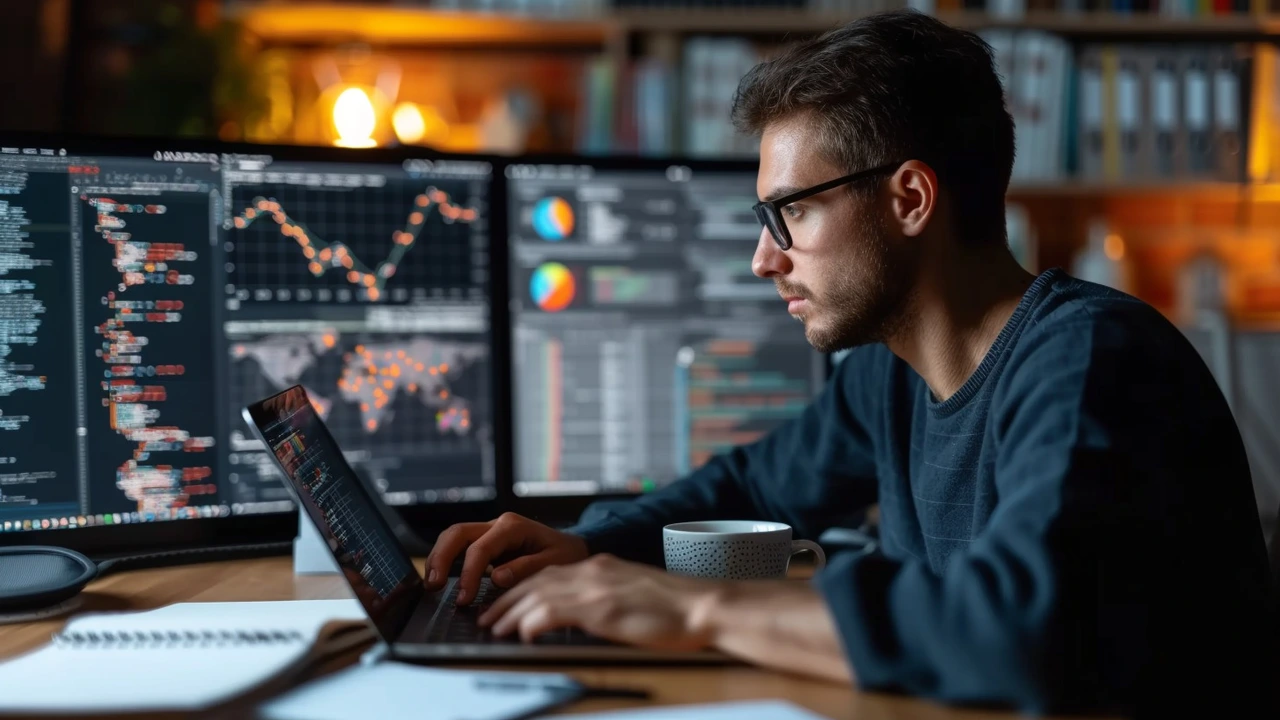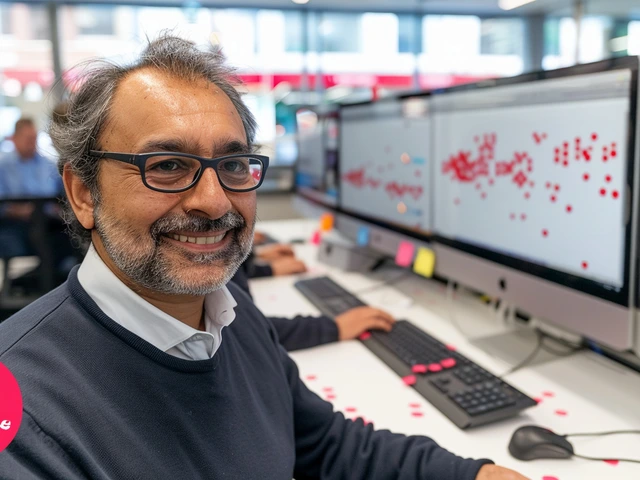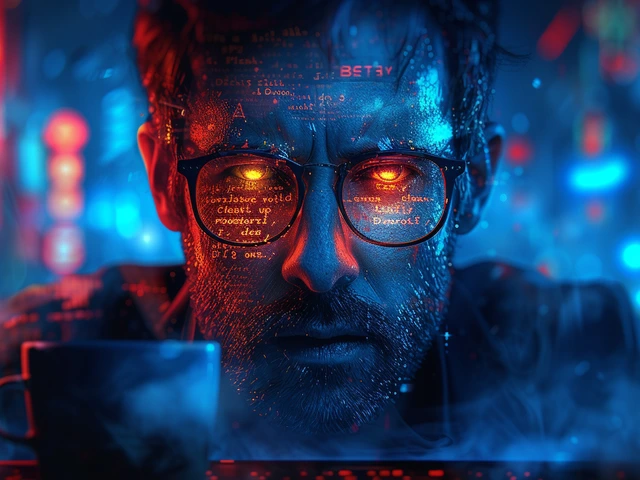A Deep Dive into Coding: The Ultimate Programming Tutorial

A Deep Dive into Coding: The Ultimate Programming Tutorial
Understanding the Basics of Programming
Before we dive into the nitty-gritty of coding, let's first understand the basic concepts of programming. Programming is the process of creating a set of instructions that tell a computer how to perform a task. Everything that you do on your computer, from writing a document to playing a game, is done through programs. It's like giving a set of instructions to a robot to do a specific task. You're the boss and the computer is your worker. Pretty cool, right?
There are several types of programming languages, each with its own strengths and weaknesses. Some are better for creating websites, while others are great for data analysis or robotics. But no matter the language, the basic concepts of programming remain the same. Once you master these, you'll be able to learn any programming language with ease.
Choosing the Right Programming Language
Now, let's talk about how to choose the right programming language for your needs. This decision largely depends on what you want to do. If you're interested in web development, then HTML, CSS, and JavaScript are good options. If you're into data science or machine learning, then Python or R would be a great fit.
Remember, there's no such thing as the "best" programming language. Each language was designed to solve specific problems, so the best one for you depends on the task at hand. It's like choosing between a hammer and a screwdriver. Both are useful, but you need to pick the right tool for the job.
Understanding Coding Syntax
Once you've chosen your programming language, the next step is to learn its syntax. Syntax is the set of rules that defines how programs written in a language are structured. It's like the grammar of a programming language. If you make a syntax error, the computer won't understand your instructions and your program won't run correctly.
Don't worry if you don't get it right away. Just like learning a new language, it takes time and practice to become fluent in the syntax of a programming language. Keep at it and soon you'll be writing code like a pro.
Mastering Variables and Data Types
Now, let's move on to variables and data types. Variables are like containers that hold data. You can put different types of data in these containers, such as numbers, text, or even other variables. This allows you to store and manipulate data in your programs.
Data types are the different kinds of data that you can store in a variable. The most common data types are integers (whole numbers), floating point numbers (numbers with a decimal point), strings (text), and booleans (true or false). Understanding these data types is crucial to becoming a proficient programmer.
Getting a Handle on Functions
Functions are one of the most powerful tools in a programmer's toolkit. A function is a block of code that performs a specific task. You can reuse a function throughout your program, which makes your code more efficient and easier to read.
Think of a function as a machine in a factory. You give it some input, it does something with that input, and then it gives you some output. With functions, you can break down complex tasks into smaller, more manageable pieces.
Understanding Control Flow and Loops
Control flow is the order in which the instructions in your program are executed. This is where things like conditional statements (if, else) and loops (for, while) come into play. These allow your program to make decisions and perform tasks repeatedly, which is a core aspect of programming.
Loops are a way to repeat a block of code a certain number of times. This is incredibly useful for tasks like processing a list of items or running a game loop. Understanding control flow and loops is a key step in becoming a proficient programmer.
Debugging and Error Handling
Debugging is an essential skill for any programmer. No matter how experienced you are, you'll inevitably run into bugs in your code. Bugs are errors or problems in your program that cause it to produce incorrect results or behave unexpectedly.
Error handling is another crucial aspect of coding. This involves anticipating potential problems and writing code to handle these situations gracefully, instead of crashing. By learning how to debug and handle errors, you'll become a more resilient and effective programmer.
Pulling It All Together: Building Your First Program
Now that we've covered the basics, it's time to put everything together and build your first program. This is where the real fun begins. You'll get to apply everything you've learned and see your code come to life.
Remember, the best way to learn programming is by doing. So don't be afraid to get your hands dirty and start coding. With patience and perseverance, you'll soon be creating amazing programs and solving complex problems with ease.
About
CH Tech Development is a premier resource for the latest updates and insights in the world of technology development. We provide extensive information, articles, and guides on cutting-edge technological advancements. Explore our site to empower your knowledge about the dynamic field of tech development.
Latest Posts


The Impact of Using AI in the Film Industry
By Silas Hawthorne Jul 28, 2023

Unleashing the Power of Python: Top Tricks to Master
By Ramona Bingley Nov 16, 2023

The Emergence of Artificial General Intelligence in Tech
By Raymond Sterling Nov 9, 2023

Write a comment